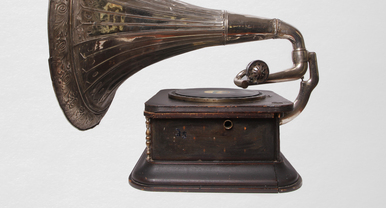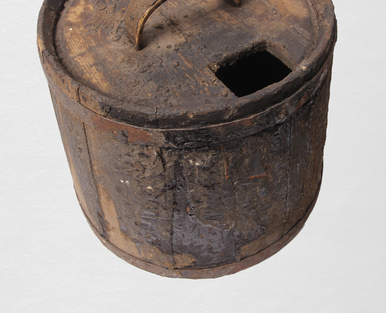One of the most important stages in the development of the city of Mariinsk began with the discovery of alluvial and ore gold deposits in the Mariinsk taiga (Martaiga). Former convict, Ural dowser Yegor, nicknamed Lesnoy (Silvan), found a precious nugget on the Sukhoi Berikul River (the right tributary of the Kiya). Soon, he started secretly mine and hoard gold. Once Lesnoy decided to make a gold icon cover and came to the city with a bag of nuggets, and since then he was considered a very rich man.
Rumors about that reached the Ural merchant Andrey Popov. He sent people to Lesnoy to find out the secret of finding gold, and to Tomsk, he sent an application for the allocation of land for development. At that time, under unclear circumstances, Yegor Lesnoy was found strangled, and the merchant Popov began to mine gold. Gold prospectors from all over Russia came to Siberia for gold mines, and with the discovery of new deposits in the 1830s, a real gold rush started.
The work in the gold mines was hard: the miners worked 16 hours a day, panning 2-3 grams of gold per person.
At first, the gold was panned in wooden trays. Later, a special device for prospecting work called ‘trommel screen’ appeared — one of them, displayed at the museum’s collection, dates back to the middle of the 20th century. The base of the trommel screen was made up of an iron sieve for gold panning — raw material was loaded into it. The device separated small particles of gold from clay and pebbles — they fell through special holes.
The rungs in the structure were installed at an angle and covered with fleecy material. Water with small particles of gold, falling on the rung, flowed down, and valuable particles remained on the fabric. This is how the gold was panned.
The writer Alexander Grin wrote in the book “Gold and Miners”:
Rumors about that reached the Ural merchant Andrey Popov. He sent people to Lesnoy to find out the secret of finding gold, and to Tomsk, he sent an application for the allocation of land for development. At that time, under unclear circumstances, Yegor Lesnoy was found strangled, and the merchant Popov began to mine gold. Gold prospectors from all over Russia came to Siberia for gold mines, and with the discovery of new deposits in the 1830s, a real gold rush started.
The work in the gold mines was hard: the miners worked 16 hours a day, panning 2-3 grams of gold per person.
At first, the gold was panned in wooden trays. Later, a special device for prospecting work called ‘trommel screen’ appeared — one of them, displayed at the museum’s collection, dates back to the middle of the 20th century. The base of the trommel screen was made up of an iron sieve for gold panning — raw material was loaded into it. The device separated small particles of gold from clay and pebbles — they fell through special holes.
The rungs in the structure were installed at an angle and covered with fleecy material. Water with small particles of gold, falling on the rung, flowed down, and valuable particles remained on the fabric. This is how the gold was panned.
The writer Alexander Grin wrote in the book “Gold and Miners”:



